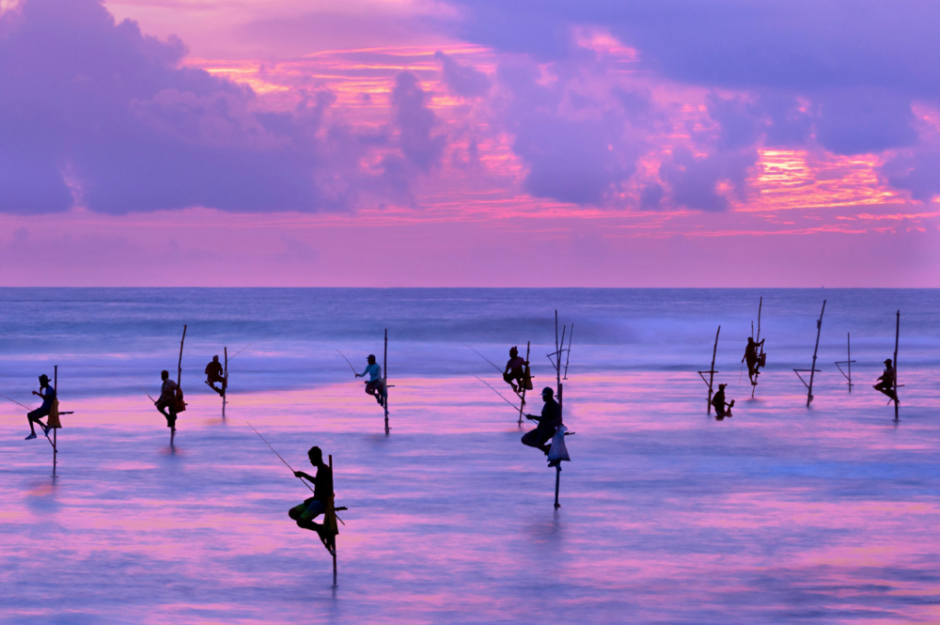EXPLORING SRI LANKA: FROM CULTURE TO COASTLINE
If the Spice Girls were Sri Lankan they’d be Cumin, Turmeric, Chilli, Cinnamon and Coconut!
Sri Lanka has long been on my bucket list, and to be honest it still is! Having recently returned from a magical 12 day adventure, I feel like I have just tickled the armpits of this delightfully friendly and unique country, and even got used to the bare bottoms of the bountiful monkeys who gawp at you from the roadside, ancient sites or can be witnessed scampering across the roof of your luxury eco lodge.
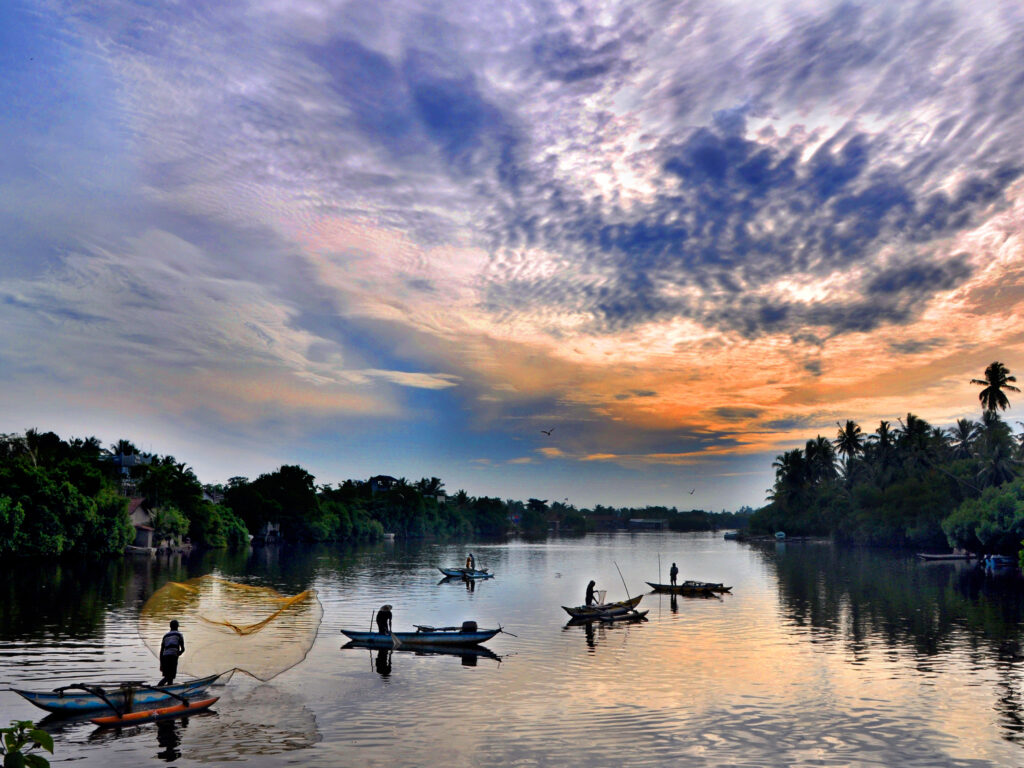
This beautiful little island was first invaded by the Portuguese, and then it fell into Dutch rule, before eventually being conquered by the British, who took over 1796 until its independence in 1948, with Marco Polo, describing Sri Lanka “for its size, the finest island in the world, and from its streams comes rubies, sapphires, topazes, amethyst and garnet.” and very little has changed. However, having regained ownership of their own country, it was not plain sailing for Sri Lankans, as between 1983-2009 there was a brutal civil war between the Sinhalese government and Tamil separatists over ownership of the land. Thankfully, peace has now been restored and visitors flock to experience this one of a kind country and enjoy miles of untouched coastline, rainforest, jungles, a year round tropical climate and an abundance of wildlife. Being relatively small, there is one international airport, and several domestic ones, but the roads are well-maintained, so it’s just as easy to explore on land, and join an organised tour like me.
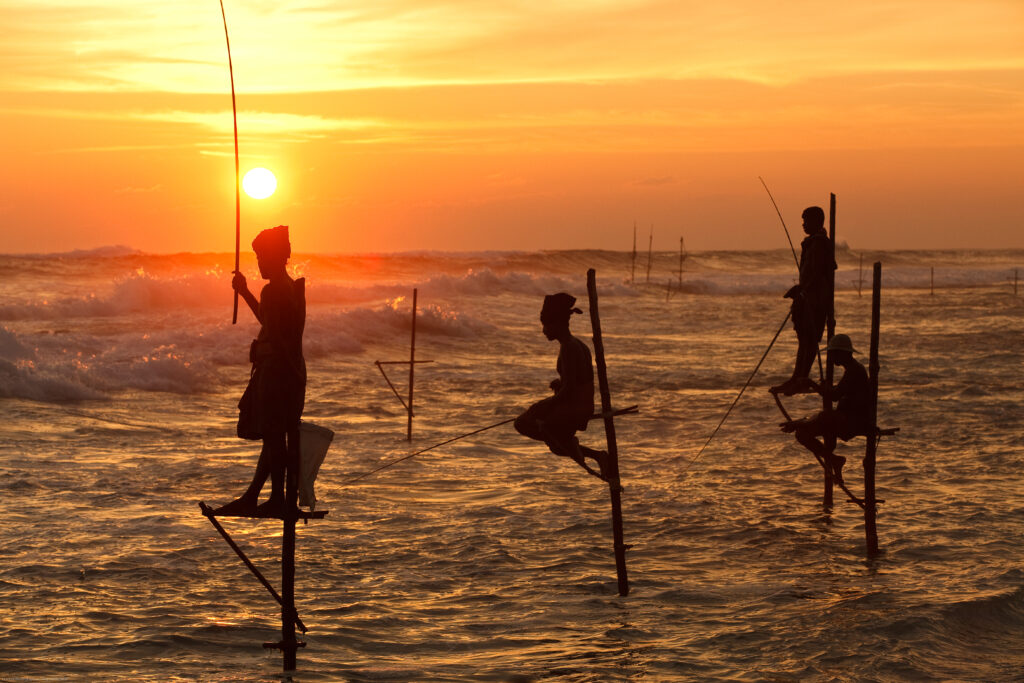
Along with precious gems, (tea and spices) it has a strong connection to the Ayurvedic way of practising medicine. Originating in India more than 5,000 years ago, Ayurveda is based on a belief that everything in the universe is composed of five elements: space, air, fire, water, and earth which manifest in the body as three Doshas (life forces). These are inherent and one is usually more dominant. Therefore, health issues are treated according to the imbalance of your Doshas, and all ailments and illnesses can be treated holistically. If you have a niggle, or just want to go for an out of this world, relaxing massage, look out for an Ayurvedic Centre and go for a consultation, and you’ll probably leave much happier, calmer and with a bag full of herbal pills.
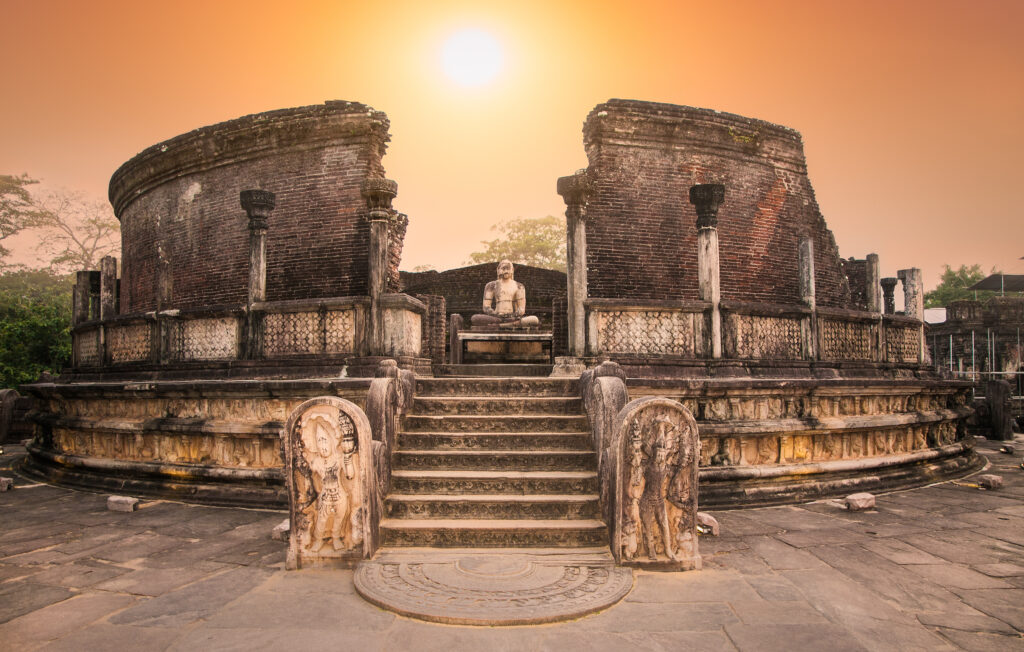
Foodies will be in paradise with the local specialties. Many have been imported to the UK, such as rotis, spicy Sri Lankan curries and chutneys including jackfruit, lentils and minced coconut flesh, and it’s very easy to eat vegetarian here. If you really want to embrace the local culture, don’t use a fork or spoon, scoop up your rice-based dish with your right hand, whilst sipping the local Lion beer,
Sri Lanka is equally as blessed with outstanding beaches (learn to surf in bath tub warm water? Tick; Robinson Crusoe coves with just you and some monkeys? Check! Snorkelling in crystal clear lagoons, no problem! Prepare for a senses overload, as Sri Lanka offers a coastline of dazzling white sand set against emerald forested hills; whilst I did not manage to see everything, I did visit Pigeon Island for its snorkelling and sunrise dolphin watching for an experience I will never forget. Tangalla is the gateway to the beaches of southeast Sri Lanka and dotted along the coastline are countless palm-lined beaches, caressed with white sand and turquoise waters that look like they belong on a commercial. Unawatuna is a backpackers hotspot as it’s close to the historic city of Galle and boasts a wooded headland with lots of tiny coves. Whilst North of the capital is Negombo, a cheerful beach town crowned with church spires that is, thanks to its proximity to the airport, a staple of almost every visitor’s Sri Lankan journey. Head further north, though, and you enter a wild and little-visited region that seems to consist of nothing but coconut plantations and lagoons and an unimaginable amount of underwater life.
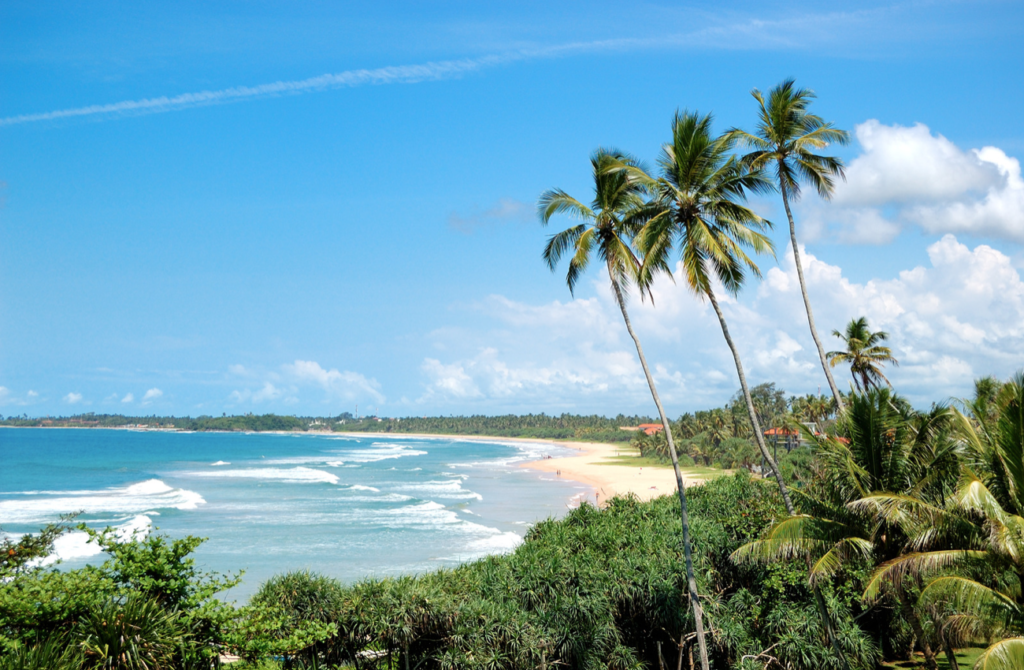
Although this paradise island has been attracting tourists for decades and is a particular favourite with the backpacking scene, nowadays luxury resorts are creeping onto the radar of discerning travellers who want to enjoy a taste of indulgence whilst retaining an authentic vibe. I fell in love with the boutique Tabula Rasa which was hidden, high up a mountain in the rainforest, with views overlooking the vast Indian Ocean. With only twelve rooms, most with plunge pools, and an open air infinity pool, you may not want to leave the resort; and before you do, you MUST book in for a Spa treatment. I honestly enjoyed the most relaxing foot massage I have experienced! However, it’s just a twelve minute drive to Habaraduwa which is a splendid beach for bathing, and further afield is the pretty fortress town of Galle which is steeped in history.
This old trading port has over 400 years of history and still boasts Dutch-colonial buildings, ancient mosques and churches, grand mansions and museums; it’s well worth a morning wandering through the streets enjoying the shops and galleries. I was particularly smitten with Tomas Clausen’s Lanka Living Gallery which was a beautiful, airy spot with a shady cafe, which sells original photographs, taken by Tomas.
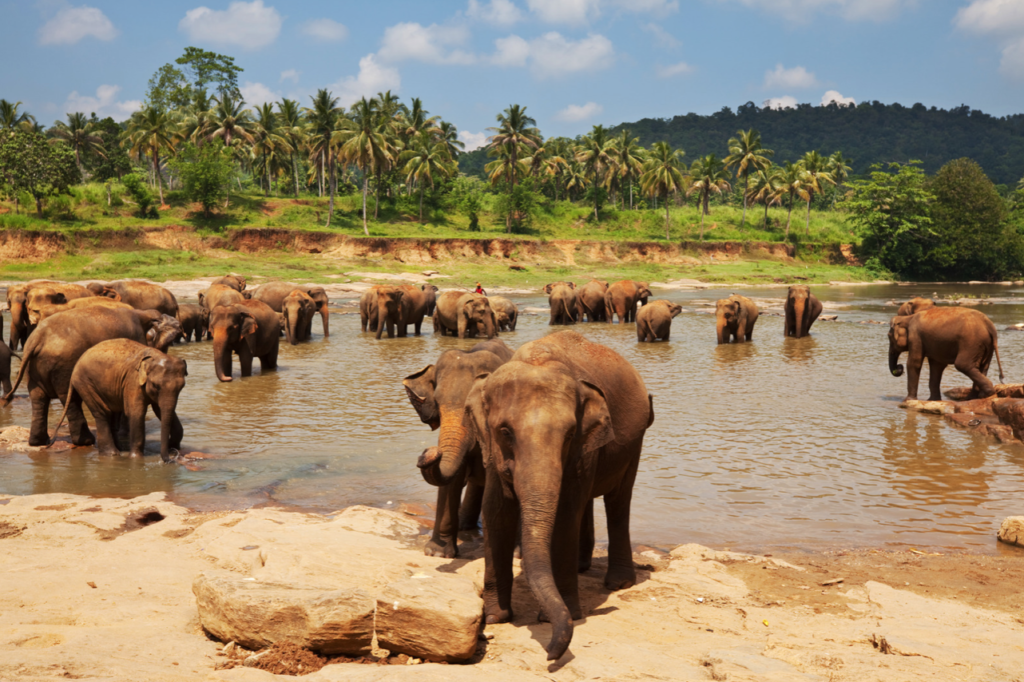
You’ll want to bring your own camera to snap up memories or zoom in on the wildlife, and you will be rewarded with plenty of unique species of birds, furry animals and even crocs, tigers and elephants. Sri Lanka is home to over 750,000 elephants, so chances are you’ll be lucky and catch one or two lumbering along the roadside, but for a guaranteed sighting, you’ll need to go to a National Park where you will be spoilt for choice. The entrance fee also goes to rescuing and maintaining their health too. Minneriya National Park with its herds of elephant, sambar deer, purple-faced langur monkeys, sloths and very elusive leopards is the perfect place to experience Sri Lanka’s wilderness
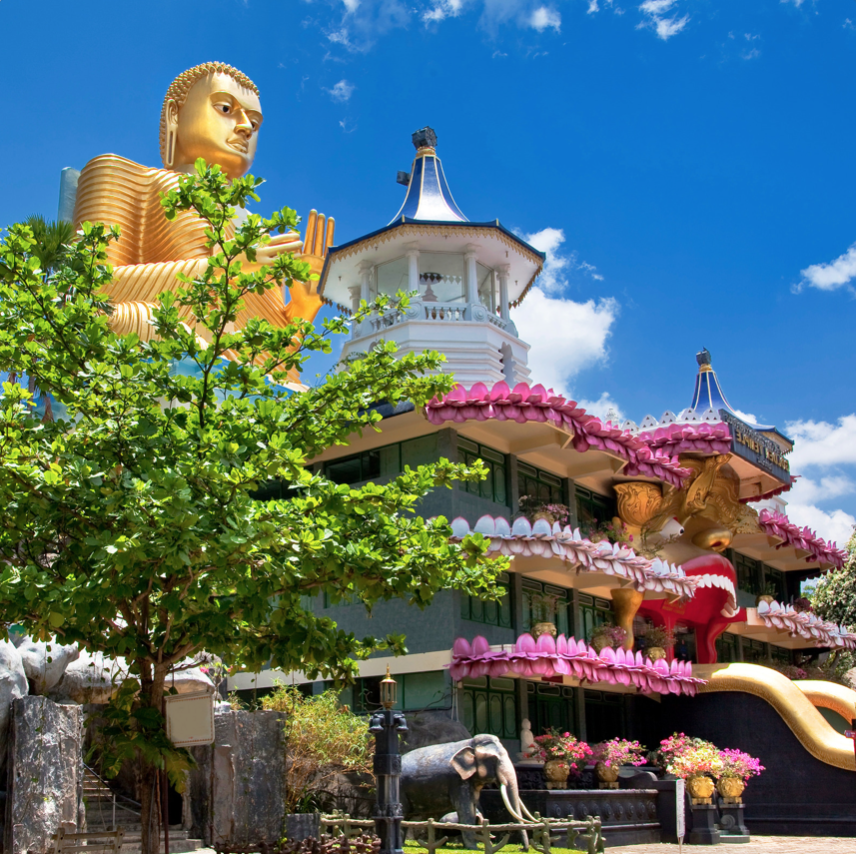
If you’re craving some culture, the well-worn ‘Cultural Triangle’ circuit takes in Lion Rock, the cave temples of Dambulla and Kandy, the birthplace of Buddhism and home of the Temple of the Sacred Tooth Relic; but as the longevity of Sri Lankans has been accelerating at a faster rate than other South Asian countries since the 1980s, there is a definite essence of revival and optimism for the future, and two Sri Lankans made last year’s Forbes Asia 30 under 30 list; one being a highschool dropout, Yudhanjaya Wijeratne who has earned a reputation as one of the finest sci-fi writers of his generation. He struck a five-book deal with Harper Collins, including a novel written using code and AI tools whilst his 2017 debut novel, Numbercaste, was optioned for film.
The hotel market is also booming, with several luxury, boutique resorts, opening this year including Somerset Mirissa Blue, Hotel NorthWay and Bellwood Manor. Taking advantage of the stunning natural surroundings, they offer unique and authentic accommodation, where guests can immerse themselves in the local culture and help these small businesses and the community.
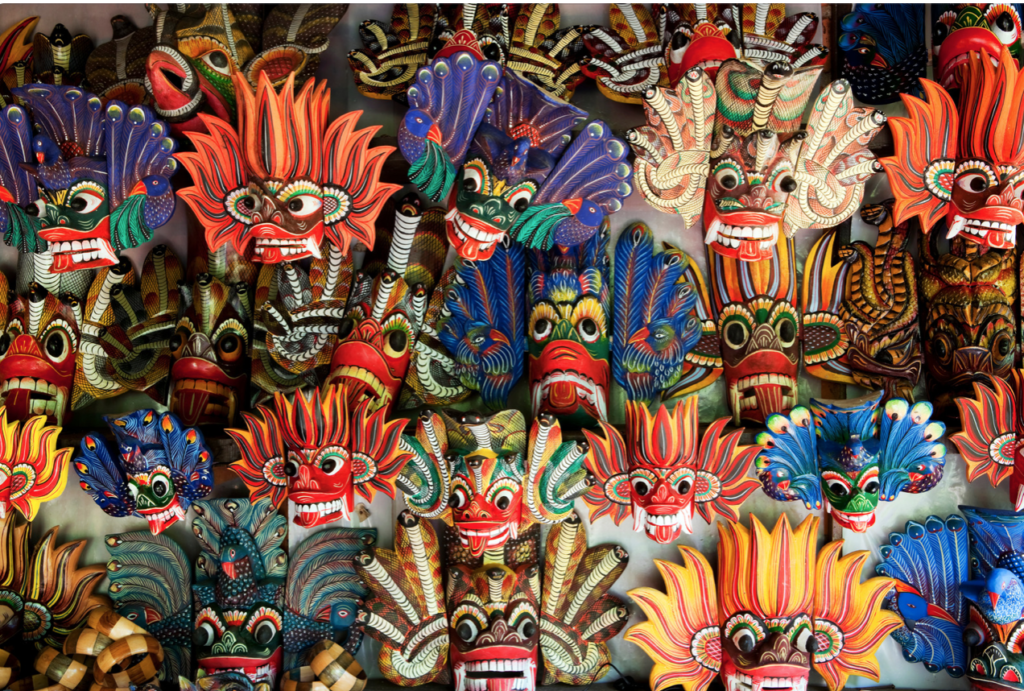
The best time to visit the south and west coastline and avoid the monsoons is between December and April; this is also where you’ll find the hotspots of the cultural triangle in Colombo, Kalpitiya, Bentota, and Galle; however if you’re looking for some surf and winter sun – head to the east coast from September to Christmas. Although it’s warm all year round! Whether you’re coming for the ancient culture, stunning landscapes or whiter than white beaches, your senses will be on overdrive; and if you get the chance to witness a one of a kind, fire-dancing, sword-swallowing, traditional Kandyan dance show, snap it up!
FACTBOX
Sri Lankan Airlines operate direct flights daily to from LHR- CMB
Book your on the ground tour with Aitken Spence Travel
Pigeon Island day trip – Book through the Agent /Hotel in Trincomalee
Yala National Safari Park – Book through the Agent or jeeps can be organised by hotel
Elephant Safari in Minneriya – Cinnamon Nature Trails
Dolphin-watching Tour – Book through the Agent or Hotel in Trincomalee
Tabula Rasa Resort, Habaraduwa
Lanka Living Gallery, Galle
Sara Darling

